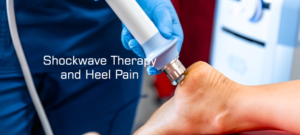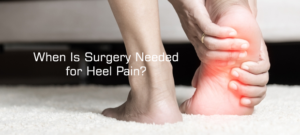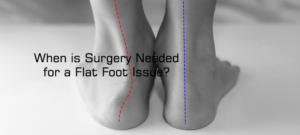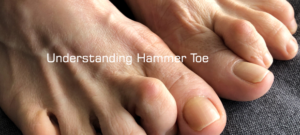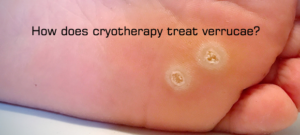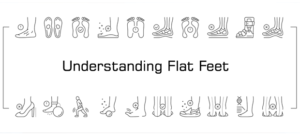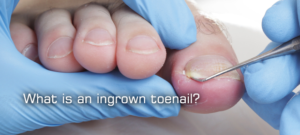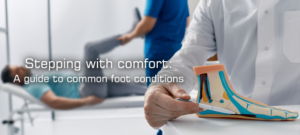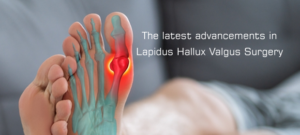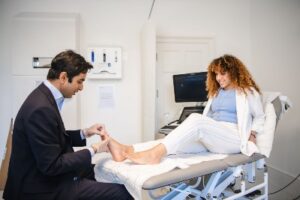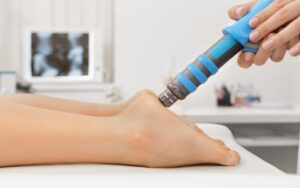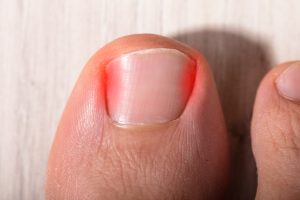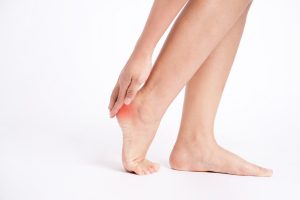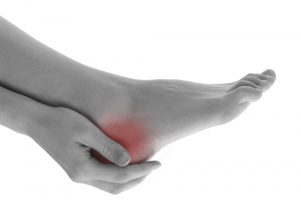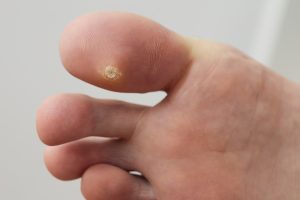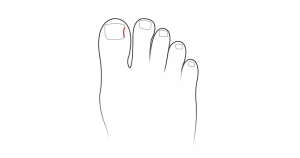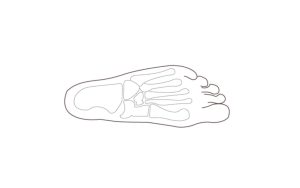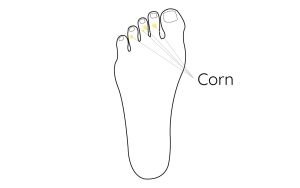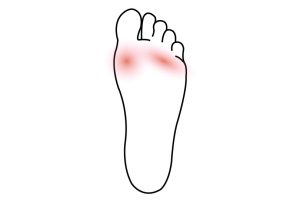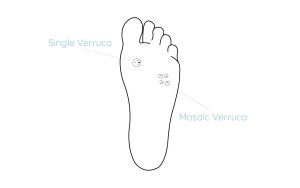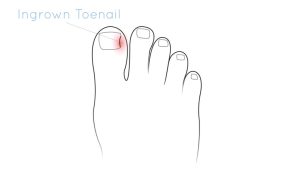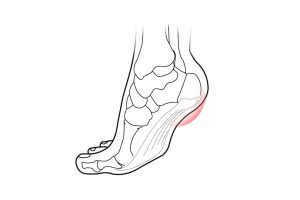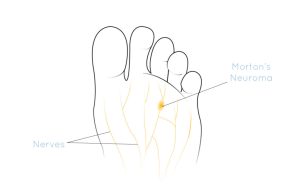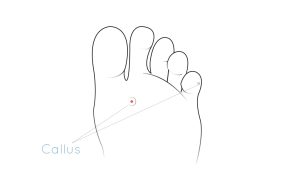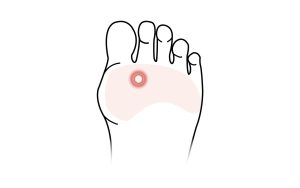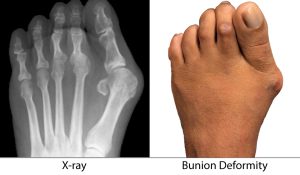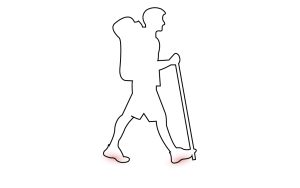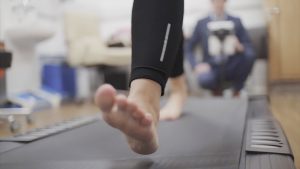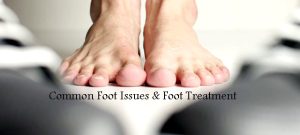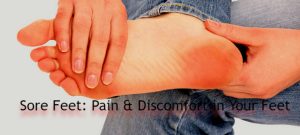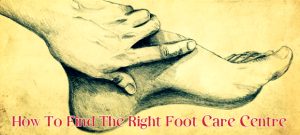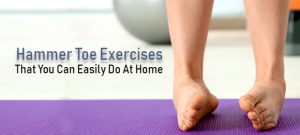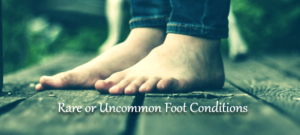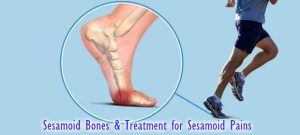Big toe/ First MTP joint Arthritis
What is big toe arthritis?
Stiffness of the big toes is a gradual process due to arthritis affecting the big toe joint and wearing down of the cartilage. Hallux Rigidus and hallux limitus cause the joint to become enlarged with bone growth and gradual stiffness ensues.
The difference between hallux rigidus and hallux limitus is that hallux limitus is slightly early arthritis. Otherwise, they both have the same causes and can be treated with the same path.
Causes of big toe joint stiffness:
There are many causes of big toe joint stiffness. Our patients generally tell us of an injury, stubbing or an old fracture that occurred often decades ago which gradually results in stiffness and pain. The enlargement of the joint results in difficulty with getting into comfortable shoes and women cannot wear high heels any more.
Other causes of big toe stiffness can be genetic or biomechanical as result of poor foot posture and mechanical dysfunction.
Systemic diseases such as gout and rheumatoid diseases can also damage the joint and result in Hallux Rigidus.
Symptoms of big toe arthritis:
- Pain and stiffness in the big toe that is worse during activity and cold weathers
- Swelling and inflammation around the joint
- As the condition worsens, you may experience loss of movement
- Bone growth on the joint can occur
Diagnosing big toe arthritis:
Diagnosing first MTP joint arthritis begins with a specialist examining your feet and lower limbs. Our specialists will asses the movement available in your big toe joints and any change in shape. The quality of big toe joint movement will also be assessed.
X-rays may be needed to diagnose arthritis which will allow examination of the joint. In particular, the available joint space giving an indication of cartilage present, as well as osteophytes/bone spurs.
For subtle cases of arthritis, an MRI may be requested to look at soft tissue inflammation and lesions on the cartilage that may not be visible on the bone.
Treatment for big toe arthritis:
Following an assessment and possible X-rays, your specialist may advise on one or a combination of the following treatments:
- Ultrasound guided steroid injection
- Orthotics
Surgery for Big toe arthritis:
Should conservative treatments not be beneficial then your specialist may advise on surgery, this could include:
- Cheilectomy procedure (Minimally Invasive/Keyhole) – The excess bone is removed from the big toe joint. One week rest at home is required where you can partially mobilise with crutches. It will take approximately 3-6 weeks before you can go back to normal activities. However, it may be 6-8 weeks postoperative period before returning to sports. This is the first procedure typically advised, except in very advanced arthritis.
- First MTP joint surgery with implant – the aim of the surgery is to reduce pain and deformity, alongside improving mobility in the joint. An implant is used during the procedure, the benefit with this option is that a cast or boot is typically not advised. Over the first two weeks you will require crutches to mobilise. It will take approximately six weeks to go back to normal activities but sports should be avoided for three months following surgery.
- First MTP joint fusion – The aim of the surgery is to reduce pain and improve the alignment of the toe. Internal fixations are used . You will require a post-operative shoe for the first two weeks, followed by a boot for a further four – six weeks. At six – eight weeks following surgery you can return to normal activities, though sports should be avoided until three months following surgery.
This is a more definitive procedure suggested in more severe cases, or where the cheilectomy procedure has not been successful.
Frequently asked questions
Arthritis in the big toe can be diagnosed from a clinical examination but imaging can confirm this and help plan treatments. X-rays give good detail of bone and can show arthritic signs such as joint space narrowing and bony spurring around the joint.
Orthotics can help with forces going through the big toe which can relieve symptoms. Therapeutic injections can also help including corticosteroid and Ostenil. For more developed problems where other treatments have been exhausted, surgery can be considered. This may include a cheilectomy procedure, first MTP joint fusion or first MTP joint with an implant.
Everyone develops some arthritis as we age but repetitive trauma such as high impact activities can speed up degeneration of the cartilage in the joint.
Osteoarthritis is the most common cause of arthritis in the big toe joint. Sometimes other forms, such as rheumatoid arthritis, can also play a part but this will usually affect other joints as well.
Related Blogs
Thoughts and advice on foot health care from the Podogo team.

